Most internet chatter I take with a grain of salt, but when this mod came up on ProSoundWeb, I got interested. This in part was due to esteemed producer/engineer Terry Manning's comments and directions. Plus, I have a few 57s and am always looking for cool and different things. This is an easy mod for anyone to do. It's basically just removing the transformer. It'll take 20 minutes, tops — and you don't even need to read a schematic.
Items you'll need: One Shure SM57, needle-nose pliers, soldering iron and solder, about six inches of mic cable, a small flathead screwdriver and maybe a drill.
1. Put a pot of water on the stove. Set on 'high'. You want it to boil. I'm serious.
2. Unscrew the mic at its almost mid-point and snip the three wires that lead to the capsule section. Set the capsule section aside.
3. Using a small flathead screwdriver, remove the XLR mounting screw in the XLR jack (turning counter-clockwise).
4. Pull out the XLR jack with the needle-nose pliers. Snip the wires.
5. Take the middle part of the mic and drop it into your pot of now boiling water. Boil for five minutes or so. The heat is needed to soften the glue and plastic stuff that holds the transformer in place.
6. Remove mic from water. Use the pliers to pull out the transformer. There will be a bunch of white gunk and glue. Do your best to clear enough out so that a mic cable can go through what remains. You might need a drill. If so, a 1/4" drill bit will do the trick.
7. (Optional) Paint the mic body. This is a good idea if you have a lot of 57s, as you'll be easily able to find it in a sea of brown.
8. Rewire. On the capsule end is an "A" (+), "B" (-) and the one in the middle (ground). Solder your mic cable to the capsule end, thread it through the hole in the body and solder to the XLR; (+) to Pin 2.
9. Screw the body back together. Replace the XLR.
10. Use.
My new 57 has a lot more low-end, though the output is considerably lower. I decided to use it on everything I could think of. I've had success on lead and backing vocals — even kick drum — and it remains a perfect choice for snare and guitar amps. Also, it has lost a lot of its signature honk, though it still has a 57 flavor.
Here are some remarks from Terry Manning:
"...immediately noticed increased low end. The volume was down about 10 dB or so, but that can be dealt with... anyway, how often do you have to pad a mic pre using one on snare anyway? It sounds more like an SM7 to me, which I now suspect may be the same basic mic with a better transformer." "...used the Røde D-Power plug on the output of the modded 57. This increases gain by about 10-15 dB. It sounded very nice, almost like a dynamic/condenser hybrid."
A third option, which to date nobody I know has tried, is to build an external transformer box using a Sowter, Lundahl or other. This would bring the mic back into spec, but with a transformer of a much higher quality. Maybe build a switching box with more than one tranny in it and... hmmm. So there it is, my favorite sort of thing: simple, cheap, and very little to buy or do. And you get a really good mic out of it.
(Ed. Note: Will this work with an SM-58? Probably, but we haven't tried it. We took a 58 apart and the grounding seems slightly different, but otherise it's the same as the 57. If someone tries this, drop us a line and let us know how it worked.)


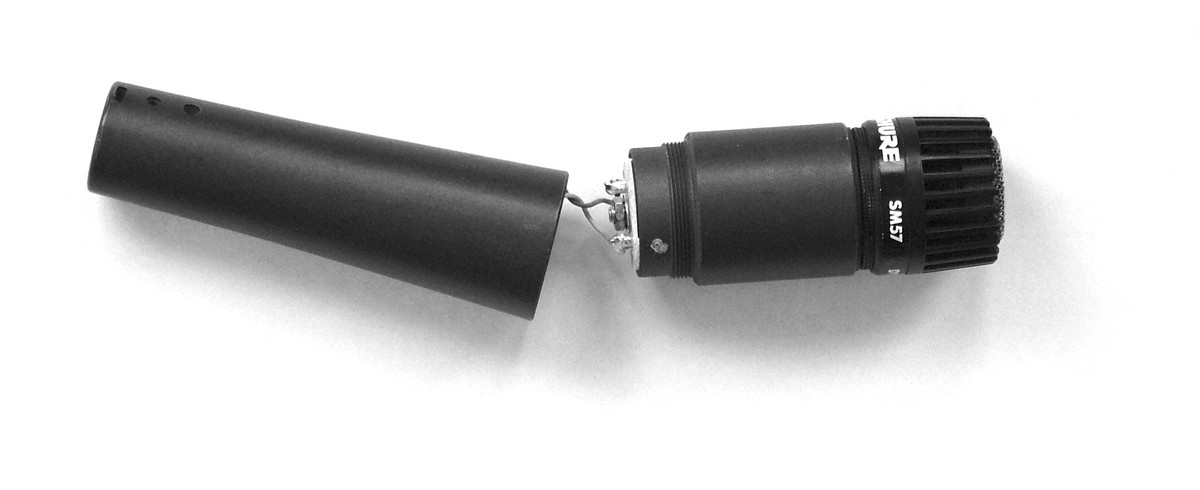
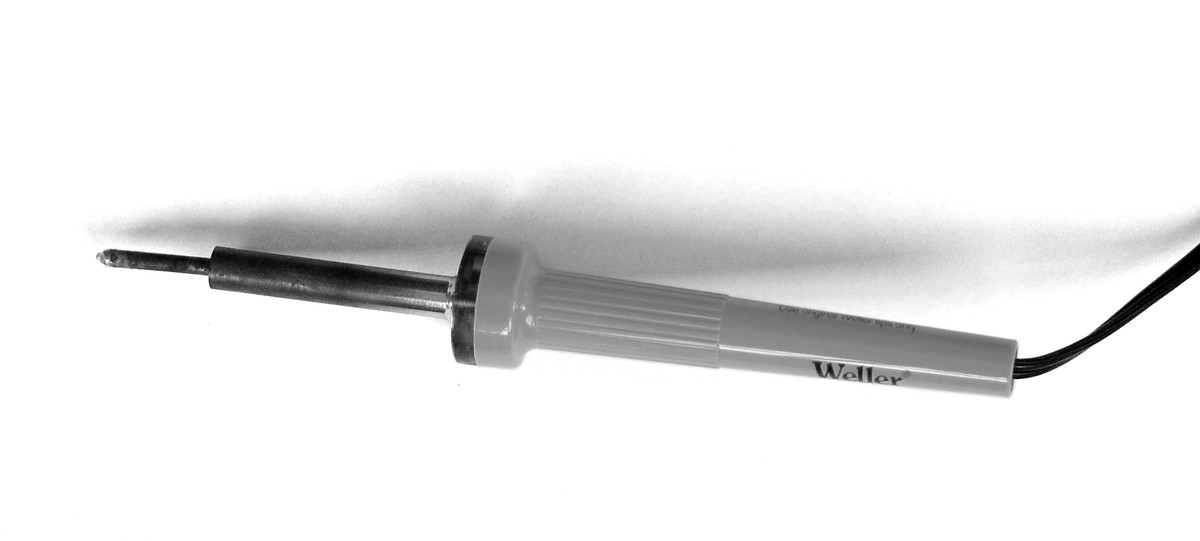
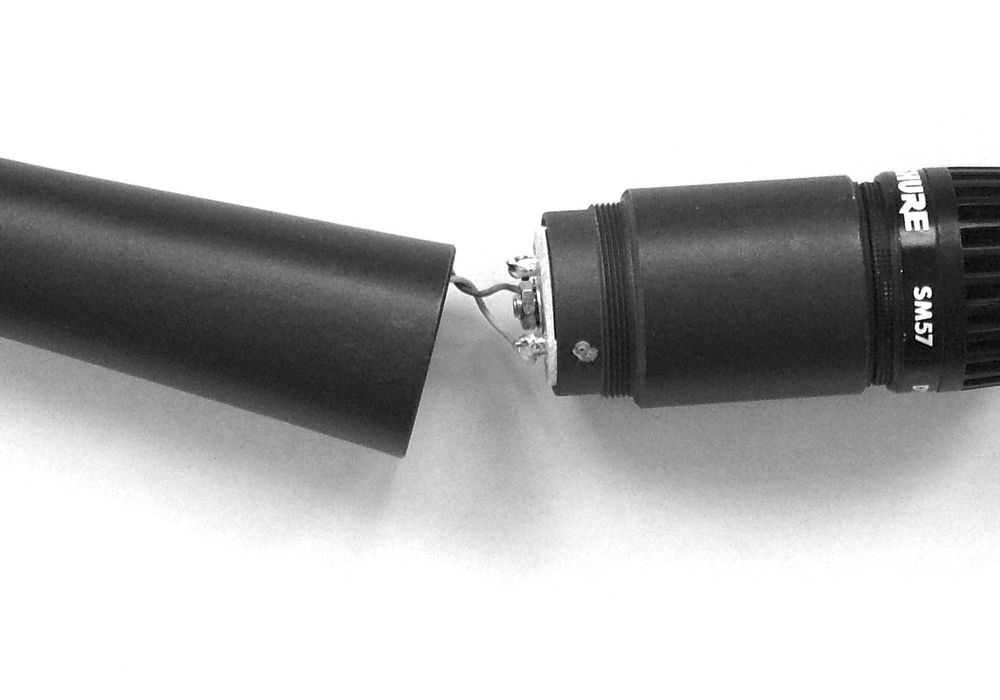
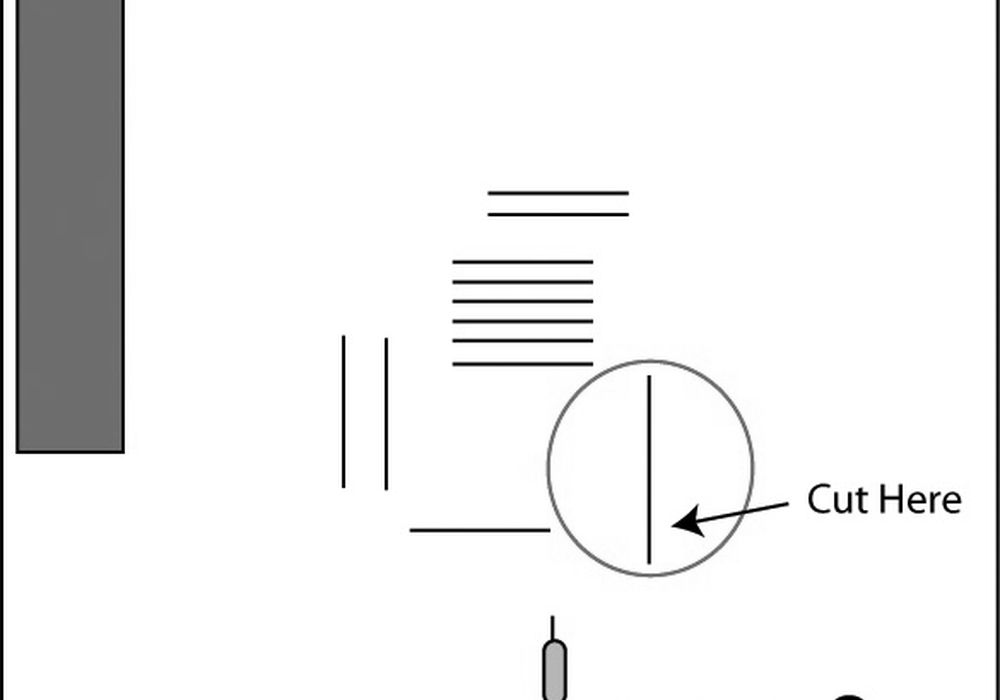
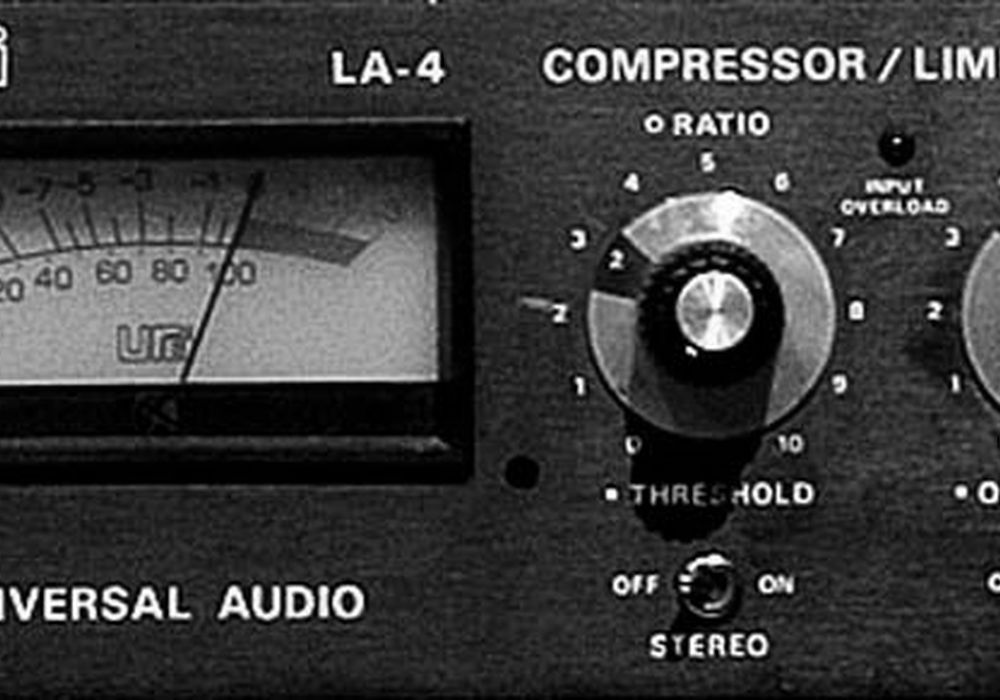
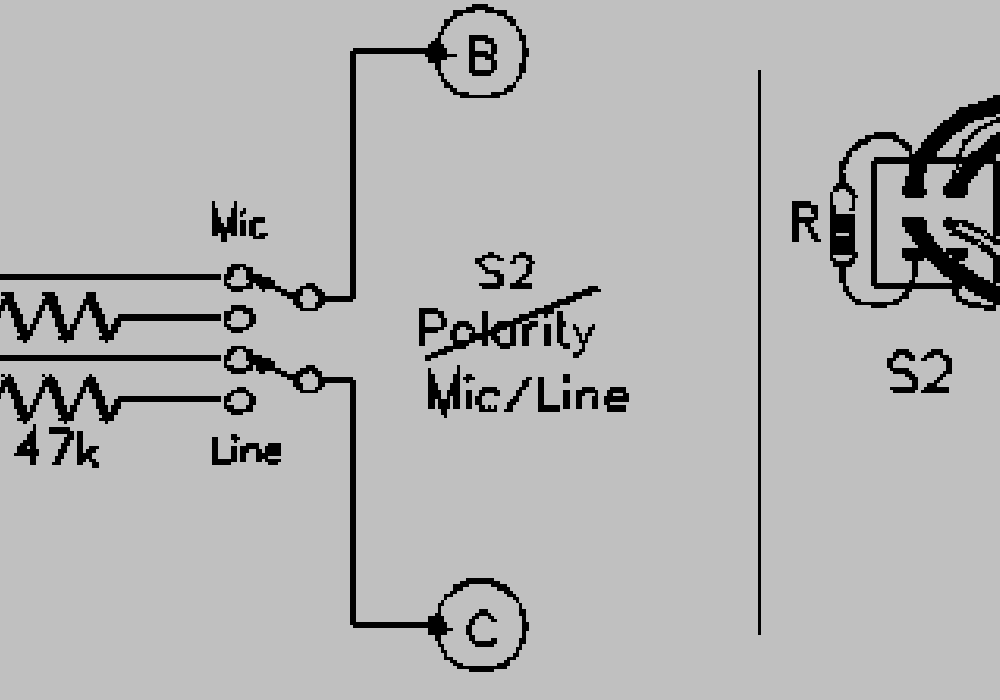
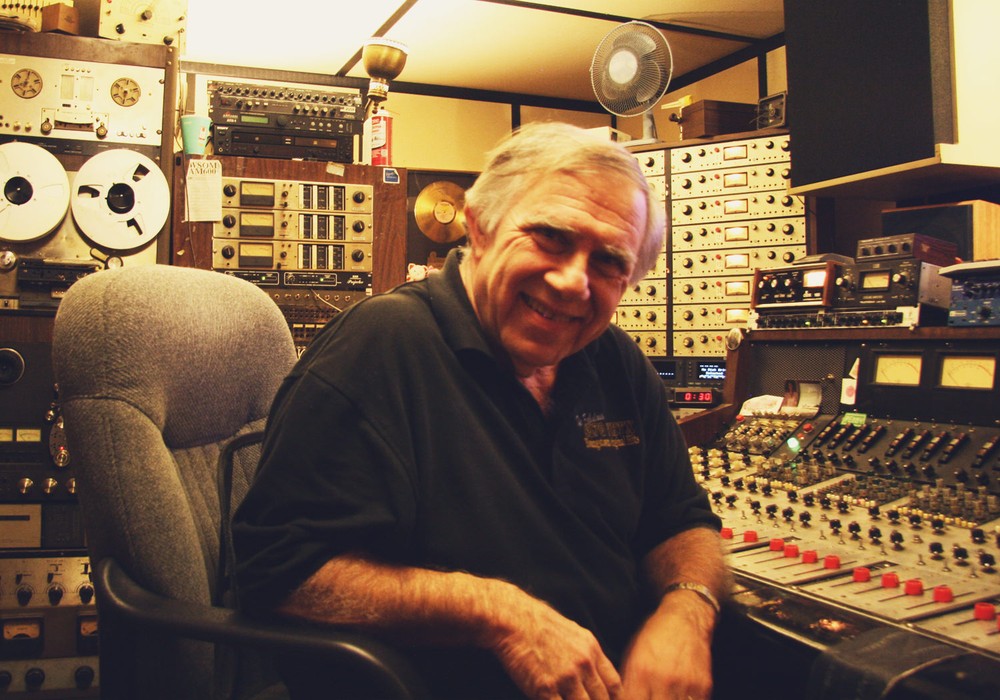
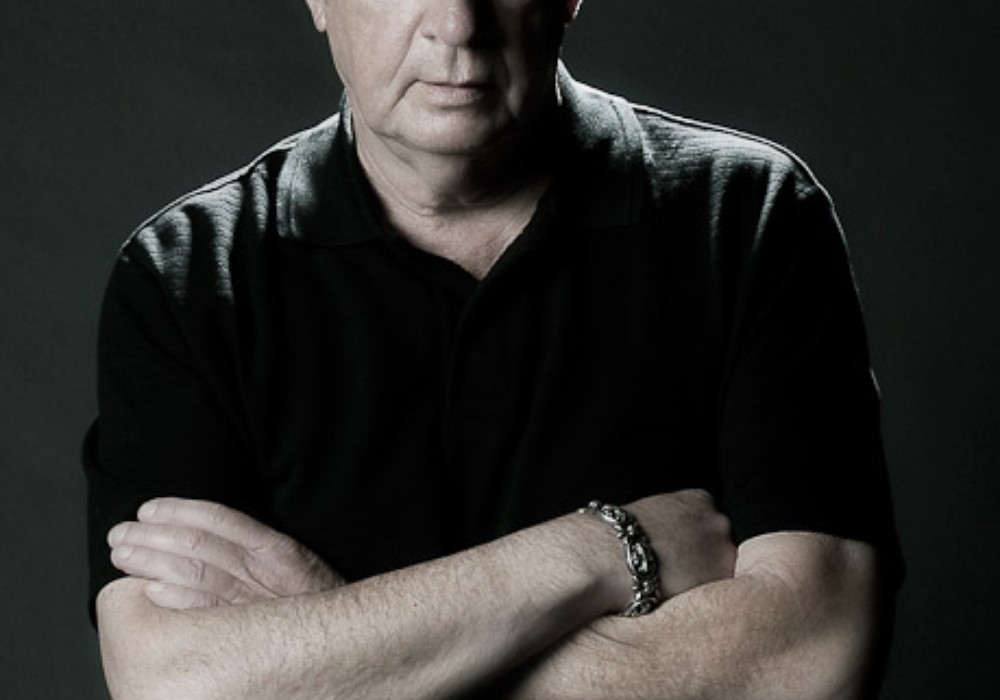
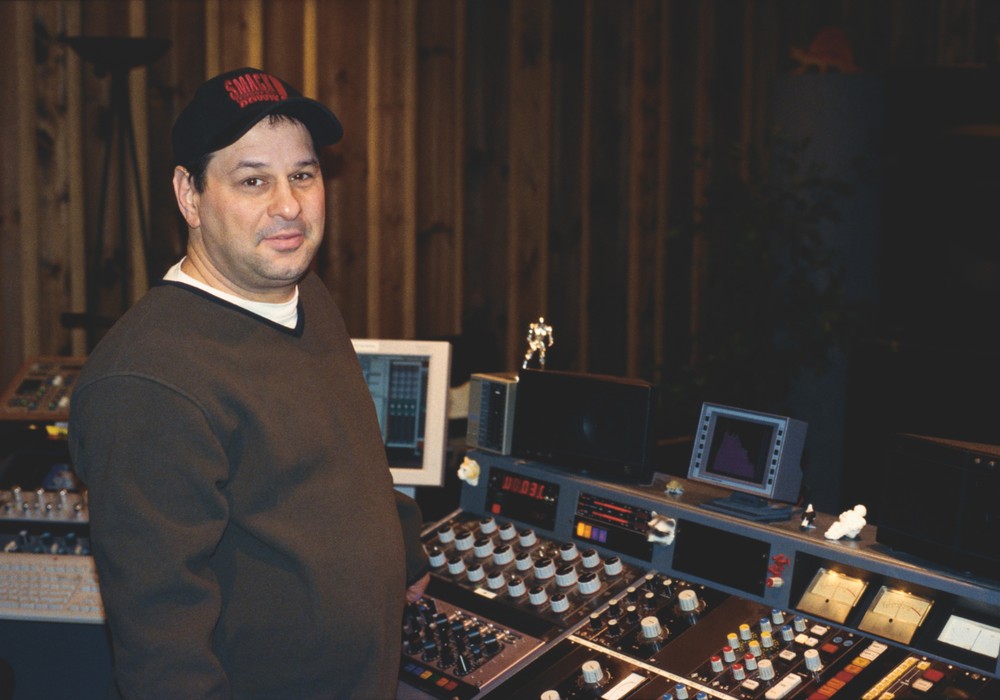



_display_horizontal.jpeg)